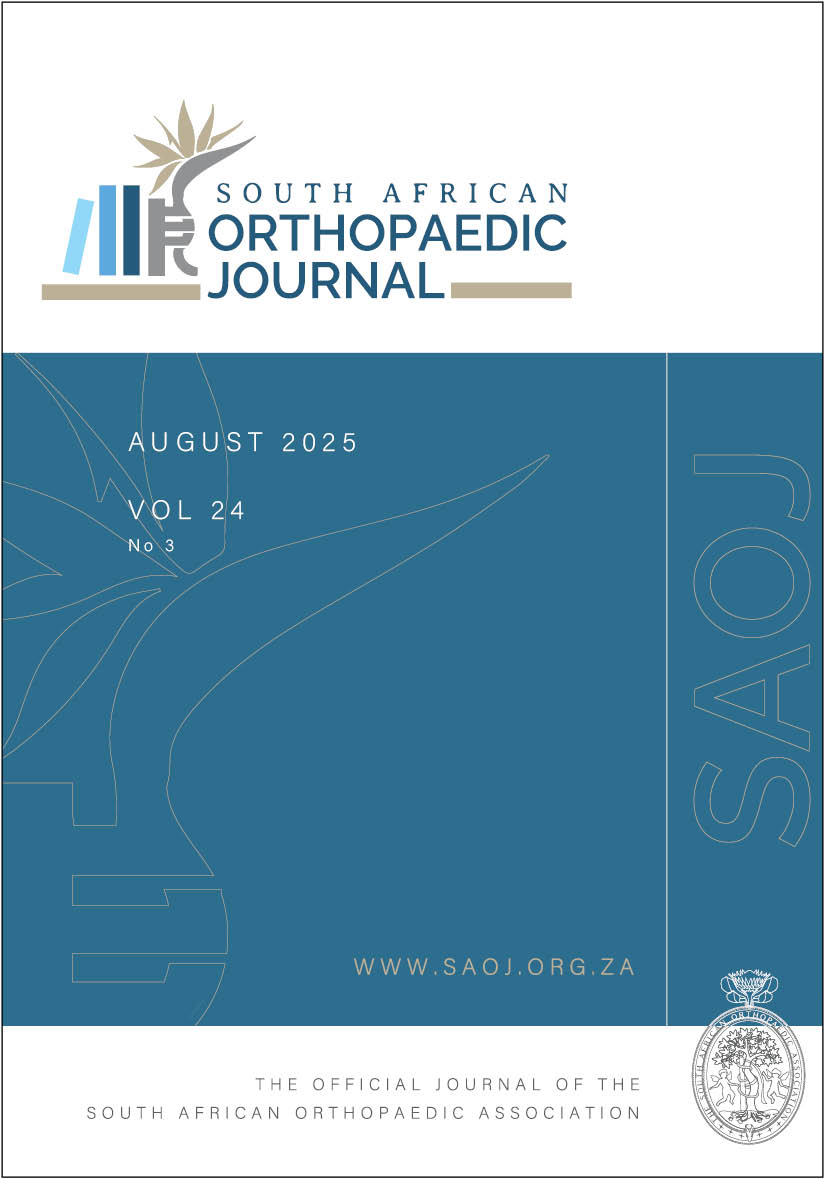Current concepts in thrower’s shoulder: a South African perspective
Keywords:
shoulder, throwing, biomechanics, musculoskeletal, risk factors, sports medicineAbstract
The overhead throw is a fundamental movement utilised in numerous sports for a variety of reasons such as pitching in baseball, fielding in cricket, and passing or shooting in water polo. In the throwing athlete, the delicate balance of an external rotation gain (ERG) with a reciprocal glenohumeral internal rotation deficit (GIRD) while maintaining a 180° rotational arc is known as the thrower’s paradox, described in baseball pitchers. This narrative review aimed to evaluate research findings and clinical experiences for two popular South African sports, namely cricket and water polo, to determine if these throwing athletes possess similar musculoskeletal and throwing characteristics classically described for baseball pitchers. Cricket and water polo players displayed distinctly different musculoskeletal characteristics to baseball pitchers. Cricketers did not present with the shoulder ERG frequently identified in throwing athletes, while water polo players did not demonstrate the decrease in internal rotation range commonly seen in throwers. A decreased external to internal rotation strength ratio (ER:IR) is a common risk factor in baseball pitchers. Cricketers and water polo players maintained a normal ER:IR ratio but presented with a decrease in both internal and external rotation strength. Finally, both cricketers and water polo players present with a downwardly rotated scapula at rest, which is contrary to previous findings in throwers. Water polo players had a significantly greater upward scapula rotation angle at 90°, which refutes subacromial internal impingement as a mechanism of injury in this group of overhead throwing athletes. Further differences are demonstrated in the throwing biomechanics of both sports, with cricketers using less shoulder external rotation and thoracolumbar range of motion while throwing compared to pitchers. Limited evidence found that water polo players use greater shoulder elevation than baseball pitchers or cricketers during shooting. While the literature documenting the types of shoulder pathology for cricketers and water polo players are scarce, there is clinical evidence that the different throwing athletes may present with a broad spectrum of shoulder injuries. In clinical practice, these insights can be used to enhance both the clinical assessment and management of overhead athletes.
Downloads
Published
Issue
Section
License
Copyright (c) 2025 Author/s

This work is licensed under a Creative Commons Attribution-NonCommercial 4.0 International License.

